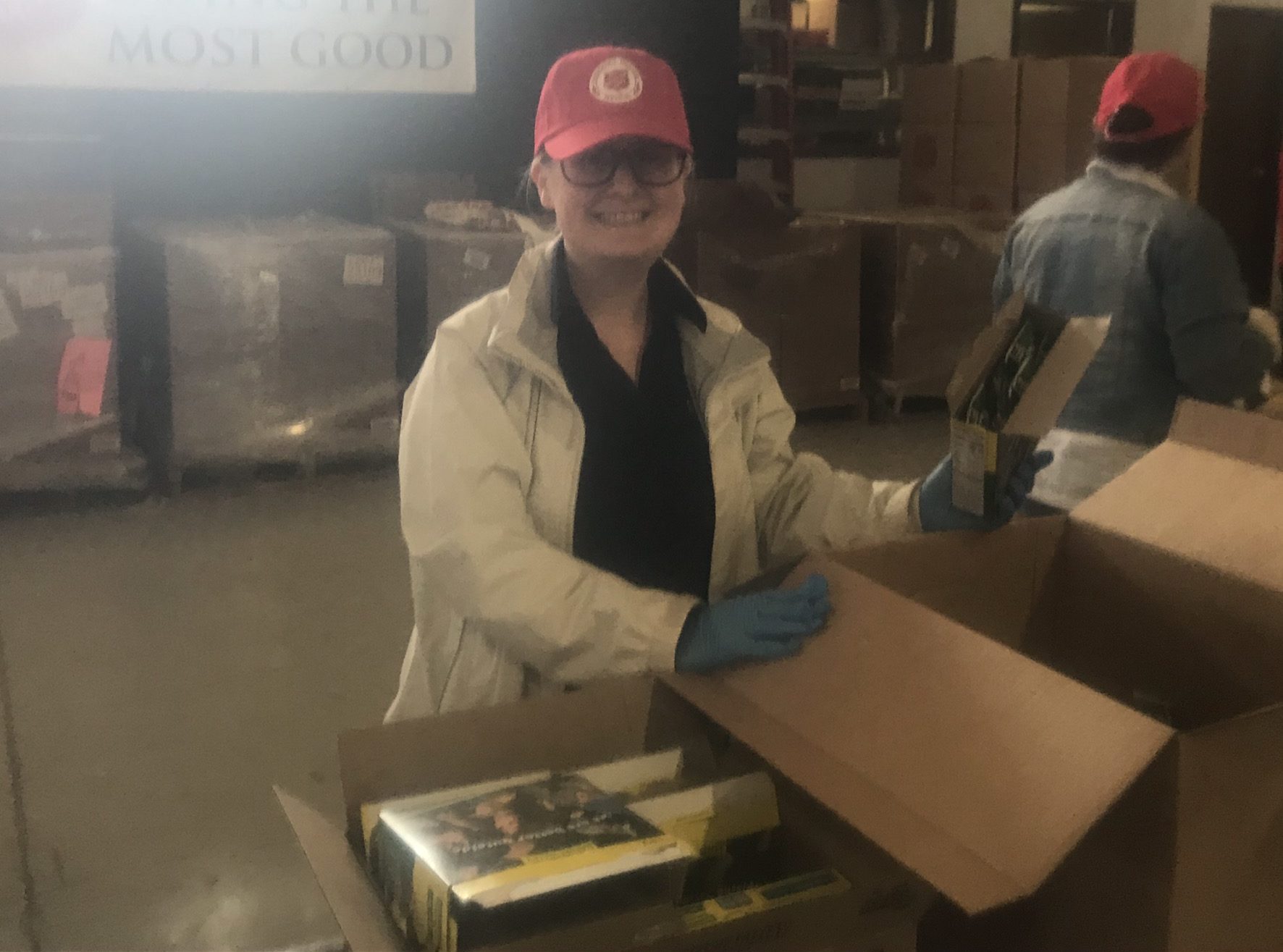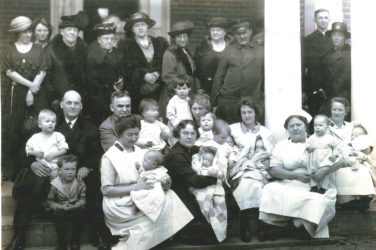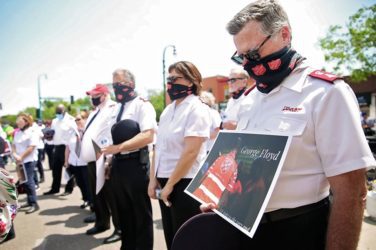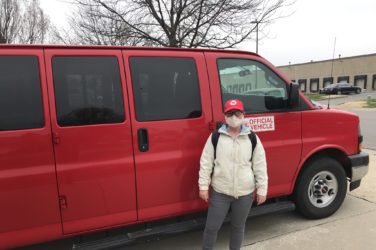Written by Amy Sparks, Registrar
I find I often use objects to navigate, understand, and reflect on life. While I may do this more than other people because I am a “museum person,” I know I am not the only one who does. Objects activate our sense of sight and touch—sometimes even sound and smell—and we as humans experience life through these senses. They have the power to trigger complex thoughts, feelings, and memories.
An object that everyone can relate to these days is face masks. Until recently, they were not a part of my everyday experience, but suddenly, as a result of the COVID-19 Pandemic, they are a part of the world’s collective experience. And they are powerful objects because they not only speak to a larger, shared, experience, but each one also reflects the personal stories of the individuals that wore them.
I made my first mask after signing up to volunteer with The Salvation Army’s Emergency Disaster Services (EDS). The day before volunteering, I received an e-mail that I had been reassigned from making sandwiches for first responders to delivering food boxes to people across the Chicagoland area. The same day, I heard on the news that the virus was hitting its peak nationally. I started to experience real panic for the first time since this crisis began. Up until that point, I only went outside when walking the dog. Now, when the virus was at its worst, I would be “out in the world,” dropping off food at people’s doorsteps and riding in a confined space with another person. And, like almost all other organizations, The Salvation Army did not have enough masks.
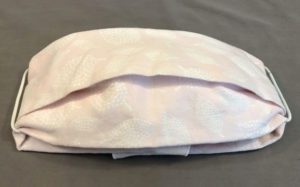 That evening, I spent time searching online for instructions to make a no-sew mask. With no bandanas or rubber bands in the house, I made a mask with hair ties and a cloth napkin—one of many my mom had sewn for my wedding reception. Right off the bat, I associated my mask with an array of emotions: love, joy, excitement, anxiety, uncertainty.
That evening, I spent time searching online for instructions to make a no-sew mask. With no bandanas or rubber bands in the house, I made a mask with hair ties and a cloth napkin—one of many my mom had sewn for my wedding reception. Right off the bat, I associated my mask with an array of emotions: love, joy, excitement, anxiety, uncertainty.
That night, as I lay awake in bed, I prayed that God would give me the courage and flexibility required to adapt to EDS’s changing needs during this time of crisis. I asked for protection from the virus and promised that I would not forget who God is. That I would remember and trust in the fact that He, being both omnipotent and loving, is a God who calms storms.
The next morning, at the Emergency Disaster Services Center, I could not help but look at everyone’s face masks. Some people wore them, some did not. Some were medical, and others were homemade. Despite the nervous energy in the room, seeing familiar faces behind the masks gave me a sense of fellowship that I did not realize I was missing while sheltering in place.
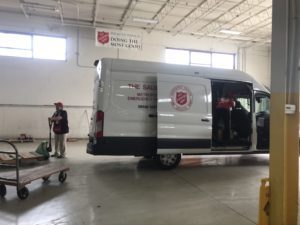 As I took out my mask, preparing to put it on, the training I received gave me some confidence, which I lacked yesterday. The health protocols—which included proper handwashing, plenty of gloves, and “X’s” marked in tape on the warehouse floor for proper social distancing—eased some of my worries. It was a beautiful day, and just as I started to feel excited that delivering food boxes would allow me to spend time outdoors, we were informed that not everyone was needed for food delivery. I learned that EDS only receives its delivery locations the night before and quickly creates the routes each morning before the vehicles go out. This means that they never really know in advance how much help is needed, but they always need to make sure that there is enough.
As I took out my mask, preparing to put it on, the training I received gave me some confidence, which I lacked yesterday. The health protocols—which included proper handwashing, plenty of gloves, and “X’s” marked in tape on the warehouse floor for proper social distancing—eased some of my worries. It was a beautiful day, and just as I started to feel excited that delivering food boxes would allow me to spend time outdoors, we were informed that not everyone was needed for food delivery. I learned that EDS only receives its delivery locations the night before and quickly creates the routes each morning before the vehicles go out. This means that they never really know in advance how much help is needed, but they always need to make sure that there is enough.
In this moment, I realized just how flexible EDS needs to be and how important this flexibility is for running an effective service that meets as many needs as possible. While I felt both relieved and disappointed that I would not be doing what I had just been trained to do, I had a new admiration for EDS. For the employees and volunteers who work regularly in times of crisis, when the needs are tremendous, urgent, and ever-changing. Ultimately, this realization drove my work that day. It gave me the strength to move past my personal emotions and focus on the task at hand: packing food boxes.
We packed over 750 boxes that morning, stopping when the supply of peanut butter ran low. The odd thing is, while my mask is now a physical representation and reminder of this experience, I think I only wore it for about thirty minutes that day. I made the call to take it off because it kept fogging up my glasses. Ultimately, I was more concerned about touching my eyes than I was about protecting my mouth and nose, as people were spaced six feet apart. Nevertheless, this repurposed wedding napkin now holds these vivid memories of my first experience volunteering for The Salvation Army’s Emergency Disaster Services. I hope that in donating my mask to the museum, I can share these experiences with others and contribute to the larger historical narrative surrounding the Coronavirus Pandemic.

